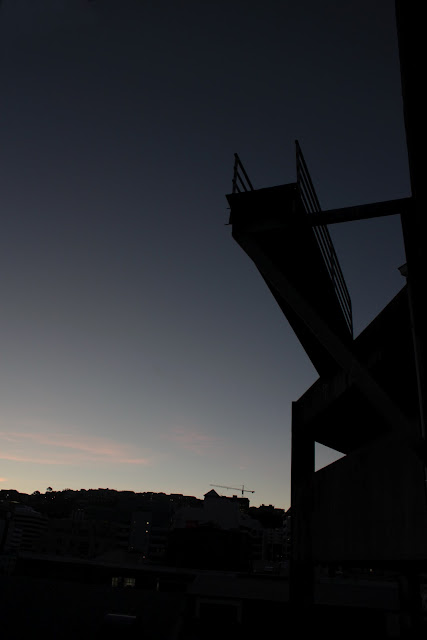The research topic I have decided to delve into is the History of the Bauhaus, along with the design styles, ideas, and concepts generated by said school.
Source 1: Book with a single author
Hochman, E. S. (1997). Bauhaus: Crucible of Modernism. New York, United States: New York: Fromm International.
Elaine Hochman analyses the context of the Bauhaus school. Why the time the Bauhaus School was created and open was so turbulent, and yet why it was so instrumental to making it an icon for Modernism worldwide today. Placing the origin of the Bauhaus in social and historical context is both important for understanding the style as well as the why it came about.
Source 2: Scholarly journal article
Sachsse, R. (2000). Made In Germany As Image In Photography And Design. Journal of Popular Culture, 34(3), 43-58. Retrieved from ProQuest Central database.
Rolf Sachsse looks in depth at the origin of the white or black background when photographing design objects. It appears that said style is derived from original Bauhaus photography and printing methods. This article is definitely useful since it shows how the Bauhaus has influenced some of the little commonplace things we don't expected to be designed per se.
Source 3: Edited book
Wingler, H. M., & Stein, J. (Eds.). (1978). The Bauhaus: Weimar, Dessau, Berlin, Chicago. Cambridge, United States: The MIT Press.
The Bauhaus is the definitive book on all things Bauhaus. Wingler & Stein have collated a huge collection of sources of note regarding the Bauhaus. Sources include public manifestos, meeting discussions, books, newspapers, magazine articles. The assembled material isis a significant collection of primary sources, which makes it invaluable for a research paper.
Source 4: Website
Design History. (1999). The Bauhaus. Retrieved from http://designhistory.org/
Design History's lecture topics provides a detailed account of the history of the Bauhaus, and also talks in depth of the teaching styles and education topics used in the School itself at the time. The source is easily accessible, and also sources its data from a lot of primary sources, which again is valuable for a research paper.
Source 5: Image
Schmidt, J. (Graphic Artist.). (1923). Poster for Bauhaus Exhibition in Weimar [Poster], Retrieved March 29, 2012, from http://germanhistorydocs.ghi-dc.org/sub_image.cfm?image_id=4297
The Poster for Bauhaus Exhibition in Weimar is a very significant image historically. It shows a new, fresh take on advertising at the time, and it many respects, has inspired thousands of graphic artists the world over. The importance of this poster to the history of the Bauhaus cannot be understated.






















































